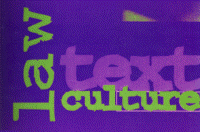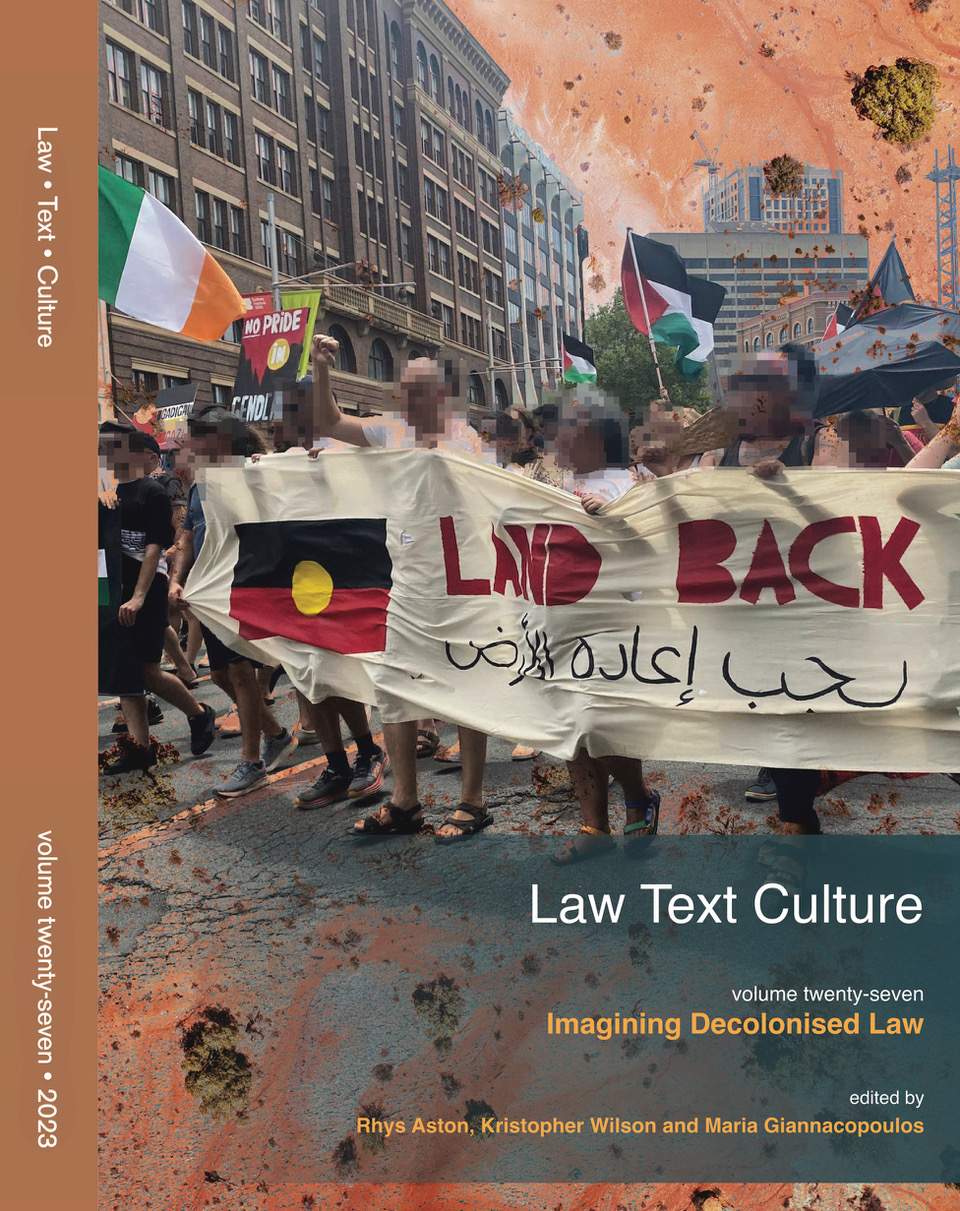Abstract
The metaphor of corporations as monsters is a feature of academic and judicial writings. Like monsters, corporations are creatures of fiction that problematize and challenge order. Corporations do not fit neatly into common law criminal legal doctrine, which was conceived and structured around the classic legal subject, that is, the individual human being. Corporations are amoral immortals, which ‘have no conscience and feel no pain’. They have superhuman strength, growing exponentially in size and wealth in accordance with the dictates of capitalism, and are capable of doing great harms and evil. Like monsters, corporations are contaminated and contaminating; in the process of becoming legal subjects corporations have become dehumanised and dehumanising. Despite the dominance of the corporate monster metaphor, there is slippage around the conception of which type of monster best represents corporations, and this slippage has implications for how the law regards and regulates (or not) corporations. This article takes the metaphor of the corporation as monster seriously. Descriptively, this analysis asks us to think more specifically about the different metaphorical implications of different kinds of monsters. Normatively, the argument considers the implications of these distinctive framings for criminal legal understandings of the corporation. Calling corporations monsters places us within the horror genre. We therefore need to read and understand these metaphors within that genre. A central insight of the horror genre is that monsters justify and require extreme responses. Rather than stopping at the argument that corporations have no body to kick, we need to find more imaginative and specific responses to corporate crime.
How to Cite:
Crofts, P., (2022) “The Corporate Monster Metaphor”, Law Text Culture 26(1), 73-96. doi: https://doi.org/10.14453/ltc.780
Downloads:
Download PDF
View PDF
1054 Views
1002 Downloads

